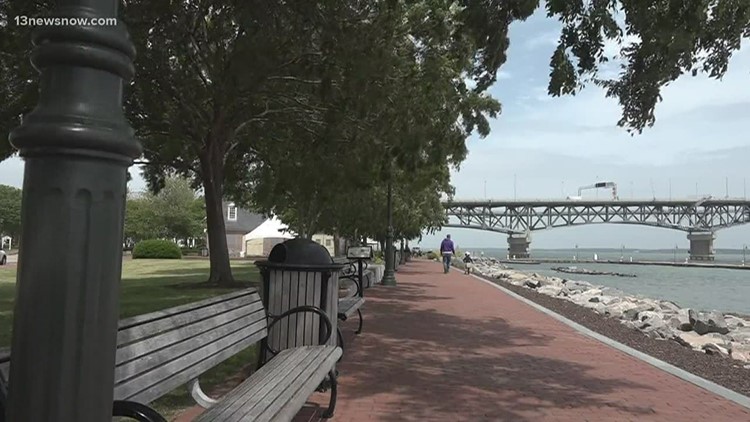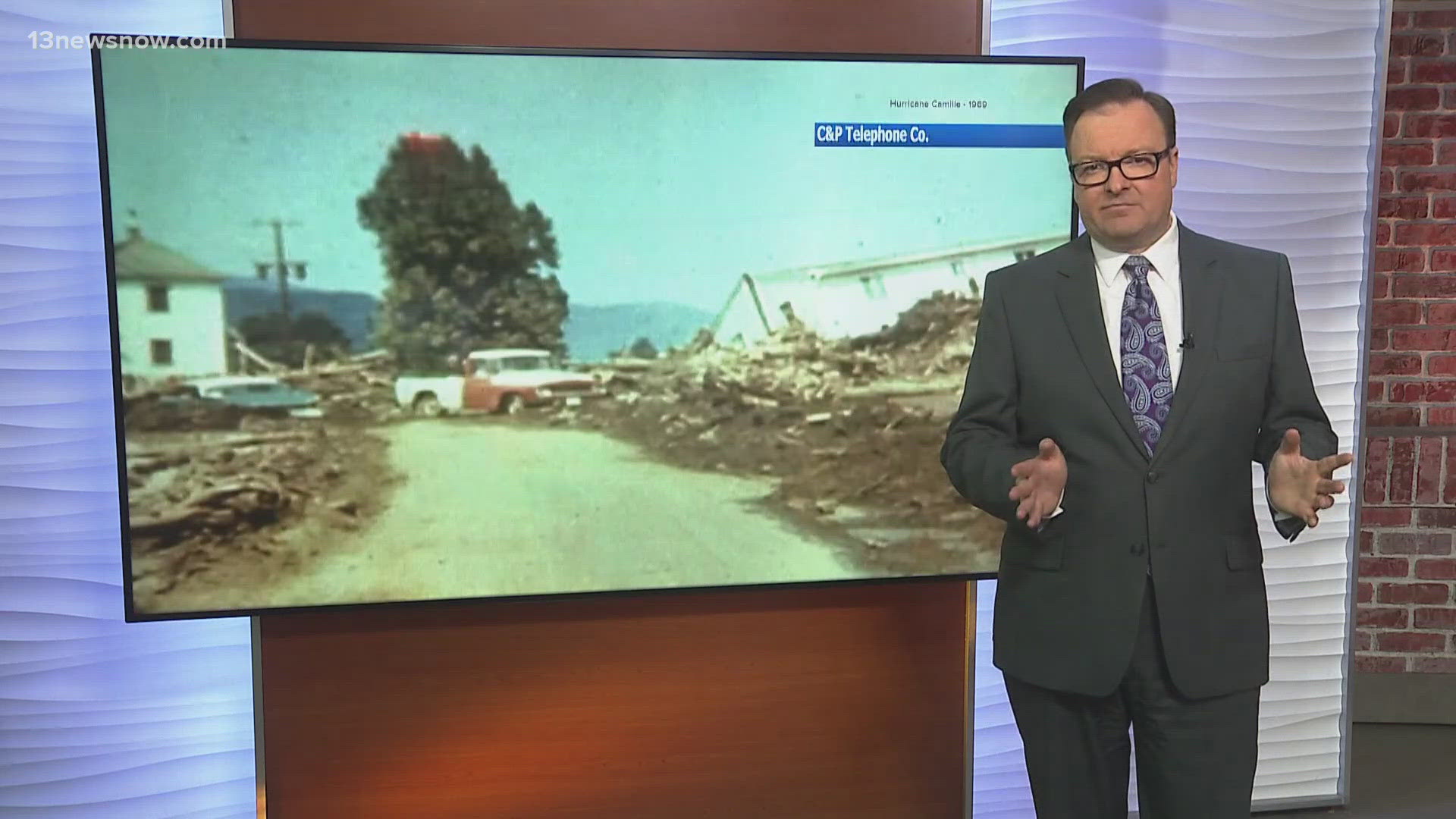YORKTOWN, Va. — Imagine standing on the bank of the York River in Yorktown or Gloucester and seeing dozens of ships out on the water.
That's what historians say you would have seen in 1781 prior to the Seige of Yorktown, which was the last battle of the Revolutionary War leading up to America's independence.
Now, archeologists will have the resources to explore this scenario as the Commonwealth of Virginia has been awarded $75,000 in grant funds to conduct an underwater archaeological survey of the maritime battlefield.
The grant comes from the NPS Semiquincentennial Grant Program and is intended to uncover more details of the battle leading up to the country's 250th-anniversary celebration coming up in 2026.
“This grant provides a tremendous opportunity for us to examine these submerged resources," said Dr. Elizabeth Moore, Virginia’s State Archaeologist.
"Many people assume that because this is such a significant site from a critical battle in the War for Independence, we already know what ships lie under the water and how to protect them," she said “In fact, we know little about the ships that lie on the riverbed and their condition.”
According to information provided by the Department of Historic Resources, during the Siege of Yorktown in October 1781, trying to protect themselves from the French fleet, British forces scuttled, or deliberately sank, more than 25 of their own vessels in an attempt to blockade the river.
“Imagine pulling back the waters of the York River at Gloucester Point,” said Brendan Burke, Virginia’s State Underwater Archaeologist. “You would see dozens of shipwrecks in the sand and mud, sunk in a futile attempt to save British land forces at Yorktown."
They said other ships were destroyed by Continental and French forces. Cannonballs that were fired onto ships also ended up on the river bottom.
The Department of Historic Resources will hire a consultant to perform the survey, which will use remote sensing technologies to recover data and identify sunken shipwrecks and other submerged artifacts associated with the Siege of Yorktown.
They said they hope the survey is the first phase in a "comprehensive survey of the entire submerged landscape of the battlefield." They also said that results from the survey will be published in a report and any new information about the site and the battle will be made public through educational outreach programs.
According to Dr. Moore, conducting this first phase of a comprehensive survey will "allow the Commonwealth to better steward the Siege of Yorktown’s maritime battlefield."
“The survey will enhance our ability to provide public access to the interpretation of that survey data through exhibits, publications, and posts on our website,” she said.



